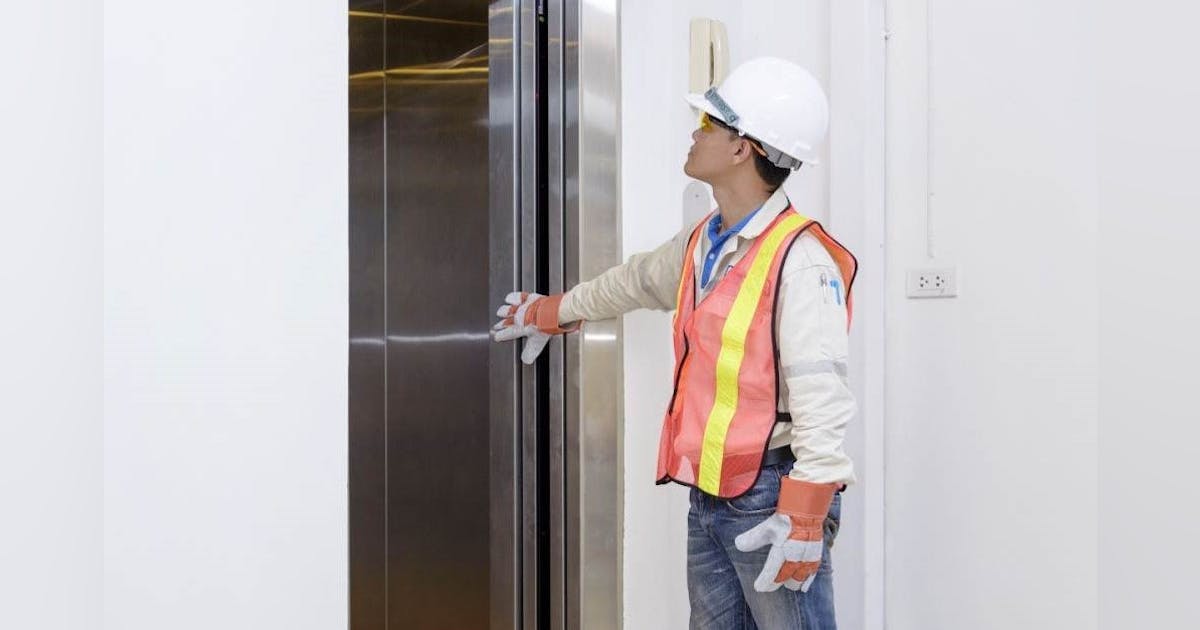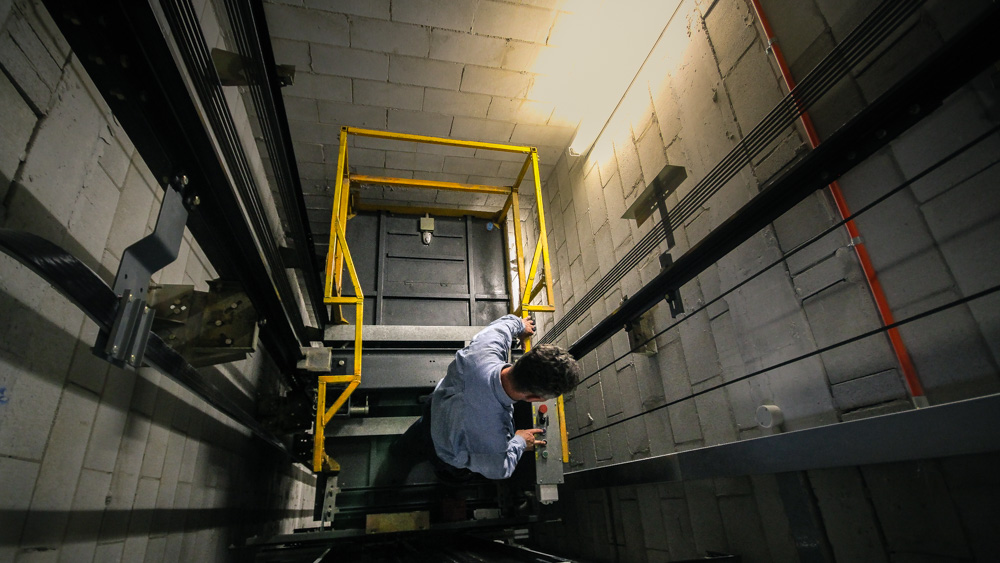Professional Lift and Engineering Services Tailored to Your Needs
Professional Lift and Engineering Services Tailored to Your Needs
Blog Article
Checking Out the Comprehensive Steps Needed for Lift Maintenance
In the realm of building maintenance, guaranteeing the proper performance and security of lifts is critical. The intricacy of lift systems requires a thorough technique to upkeep. From regular assessments to calculated modernization plans, an all natural view of upkeep is vital. In the ever-evolving landscape of lift technology and security criteria, there are detailed measures that need to be meticulously complied with to ensure optimum performance and conformity. By addressing essential facets such as proactive upkeep schedules, security checks, and emergency preparedness, a comprehensive understanding of the details associated with lift maintenance can bring about enhanced effectiveness and safety and security.
Routine Assessments
When it involves ensuring the longevity and safety of your lift system, normal inspections are critical. These routine checks play a vital duty in recognizing any kind of possible concerns prior to they intensify right into major issues, guaranteeing the risk-free and smooth procedure of the lift. By carrying out routine assessments, upkeep teams can proactively deal with wear and tear, defective parts, or any various other concerns that might jeopardize the lift's performance or safety.
During these inspections, trained specialists completely check out numerous aspects of the lift system, consisting of mechanical elements, electric systems, security attributes, and overall architectural honesty. By discovering and addressing problems early on, these examinations help stop costly repair services, downtime, or safety and security risks, eventually expanding the lifespan of the lift system and making sure the health of its users.
Proactive Maintenance Schedules
Applying positive upkeep schedules is vital for making the most of the effectiveness and durability of lift systems. By sticking to an aggressive maintenance approach, lift owners can deal with prospective concerns before they intensify into major issues, eventually lowering downtime and pricey repairs. Proactive maintenance involves regular evaluations, lubrication of moving components, screening security functions, and replacing worn elements. These arranged maintenance tasks not only help in protecting against breakdowns but also add to keeping the lift's efficiency at optimum degrees.
A well-structured proactive upkeep routine should lay out details tasks, frequencies, and liable workers. When producing these schedules to make sure the lift operates securely and successfully, it is important to adhere to maker recommendations and market standards. In addition, documenting upkeep tasks and keeping thorough records can give important insights right into the lift's performance gradually, aiding in recognizing trends and making notified upkeep decisions.

Security Conformity Checks
Guaranteeing safety and security compliance with complete checks is critical in maintaining lift systems' dependability and guarding individual well-being. Safety compliance checks include a thorough assessment of various elements, consisting of electrical systems, mechanical components, emergency brakes, doors, and other vital security features. These checks are necessary to identify any type of prospective threats or malfunctions that might jeopardize the lift's procedure and placed users in danger.
Routine safety and security conformity checks should be carried out by certified technicians in adherence to market guidelines and criteria. These checks aid in spotting problems early, permitting prompt repairs and precautionary maintenance procedures to be carried out. Maintaining thorough records of security compliance checks is crucial for tracking the lift system's efficiency over time and showing compliance with security policies.
Equipment Upgrades and Innovation
Enhancing lift systems with equipment upgrades and innovation is necessary for enhancing performance and security standards in upright transportation. As modern technology breakthroughs, older lift systems may become obsolete, causing decreased integrity and potential safety and security risks. By spending in devices lift repair company upgrades and innovation, building proprietors can guarantee that their lifts fulfill current sector standards and regulations.

Along with operational benefits, devices upgrades and innovation projects can likewise boost the visual appeals of the lift, giving a more contemporary and attractive experience for guests. Ultimately, purchasing lift upgrades and innovation is an aggressive approach towards making sure the long life, safety and security, and performance of vertical transportation systems.
Emergency Preparedness Planning
An efficient emergency situation preparedness plan is important for making sure the safety and security and speedy response in case of unexpected events including lift systems. Emergency preparedness planning for lift systems includes a methodical method to alleviate dangers, make sure guest safety and security, and minimize downtime during emergencies.
Trick parts of an emergency situation readiness strategy for lifts include clear communication protocols, regular training for lift operators on emergency situation treatments, and regular drills to check the efficiency of the strategy. lift engineer. Furthermore, the plan ought to outline specific duties and duties for all stakeholders included, including building monitoring, upkeep personnel, and emergency situation -responders
In the occasion of a lift malfunction or entrapment, having a distinct emergency situation plan can assist in collaborating a prompt and reliable response to make certain the security and well-being of guests. Prompt communication, accessibility to emergency tools such as interaction devices and emergency situation illumination, and knowledge of discharge procedures are important facets of a detailed emergency readiness prepare for lift systems. By focusing on emergency readiness planning, structure managers can improve the overall security and reliability of their lift systems.
Final Thought
Finally, the detailed steps needed for lift upkeep consist of regular assessments, proactive upkeep timetables, security conformity checks, equipment upgrades and innovation, and emergency situation preparedness preparation. These actions are vital for ensuring the security, integrity, and efficiency of lifts in different setups. By implementing these steps, lift proprietors can minimize the risk of mishaps, expand the lifespan of their devices, and follow sector regulations.

During these examinations, trained experts completely check out different aspects of the lift system, consisting of mechanical components, electric systems, safety functions, and general architectural stability.Making certain safety and security conformity through extensive checks is vital in preserving lift systems' integrity and guarding user health. Maintaining comprehensive documents of safety compliance checks is vital for tracking the lift system's efficiency over time and showing compliance with safety and security guidelines.
By focusing on emergency situation readiness planning, building managers can enhance the general security and reliability of their lift systems.
Report this page